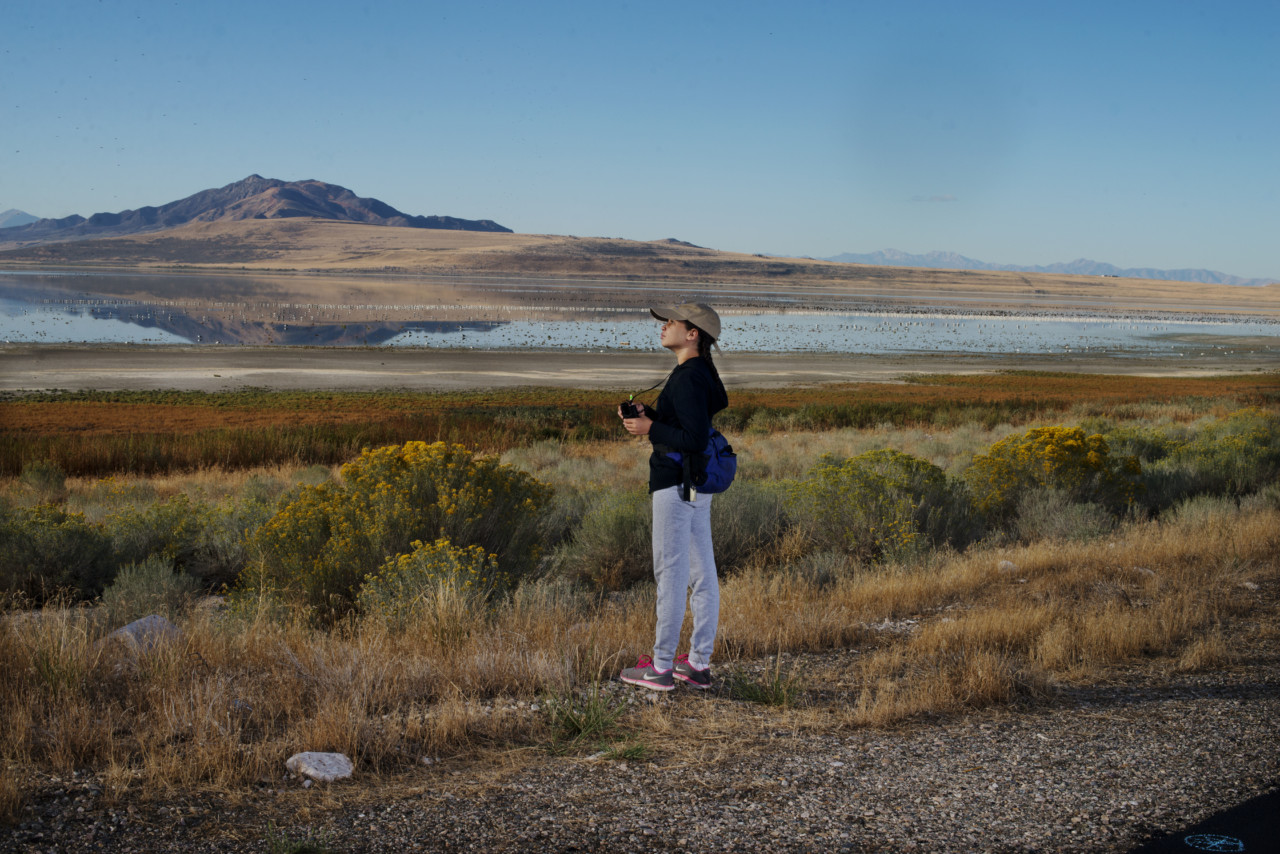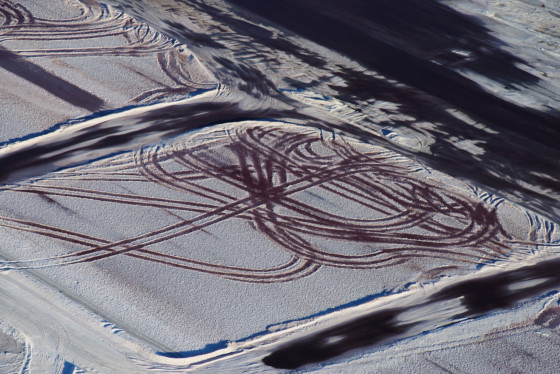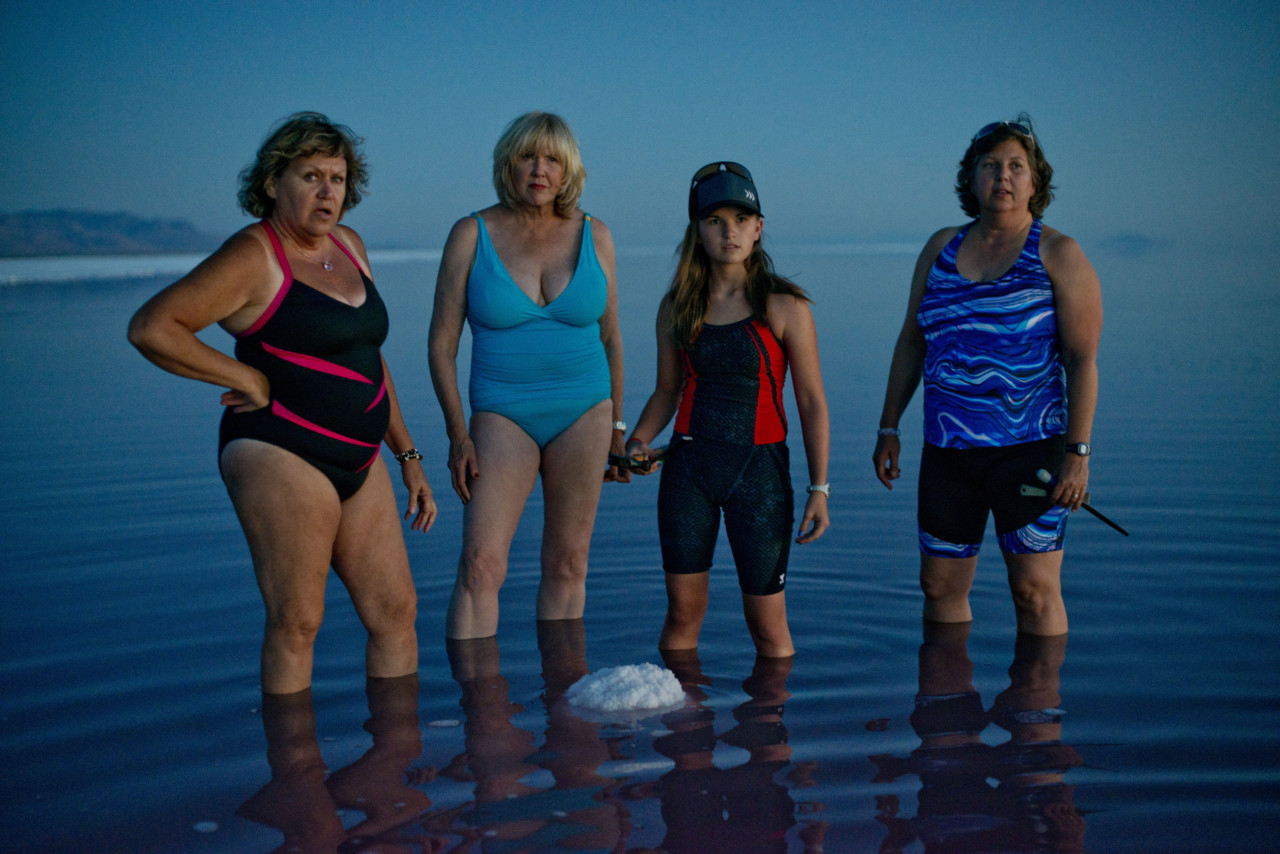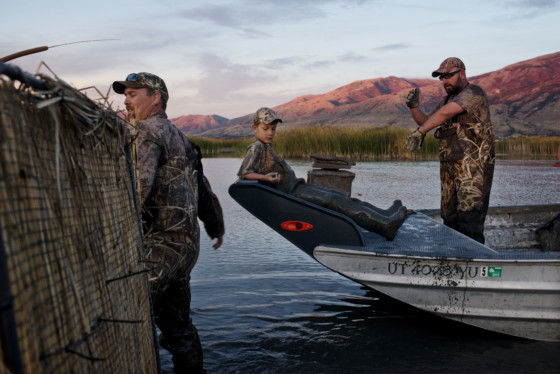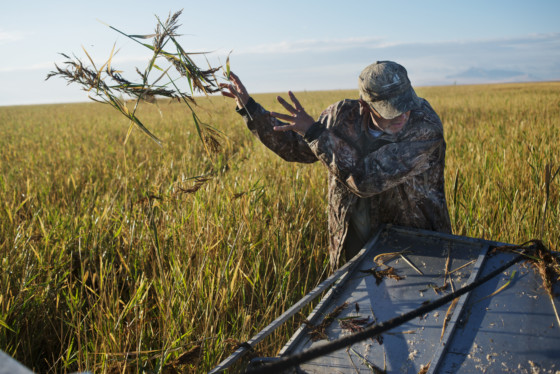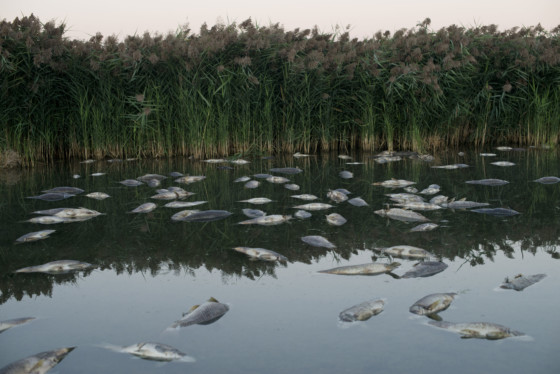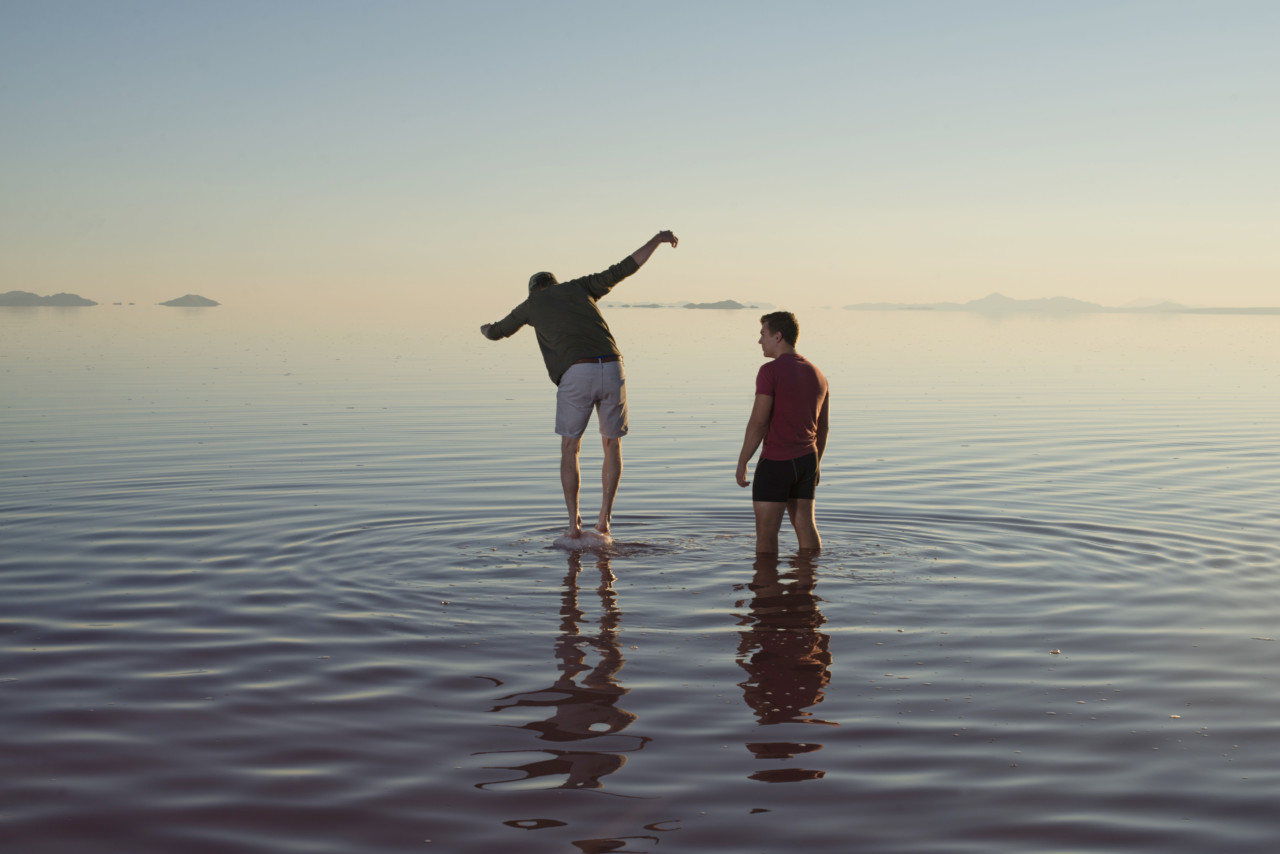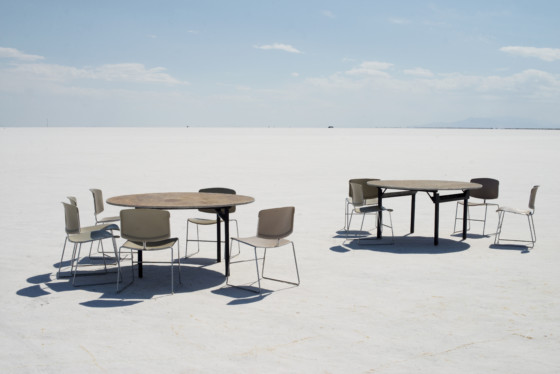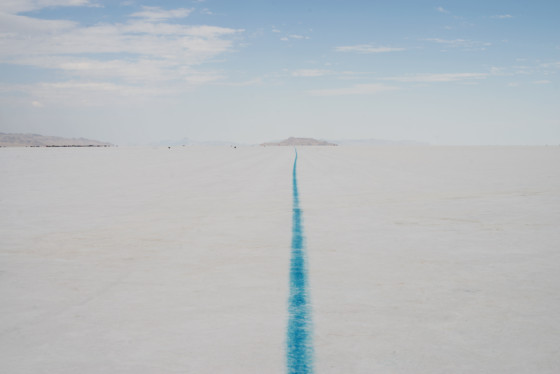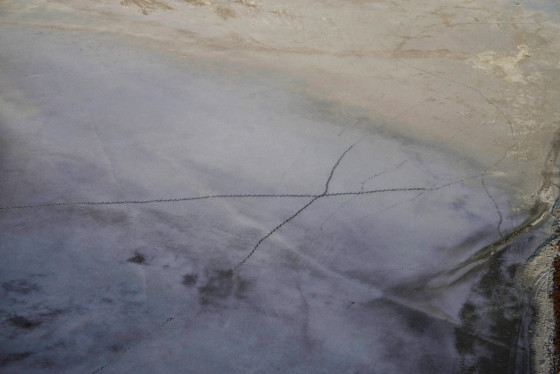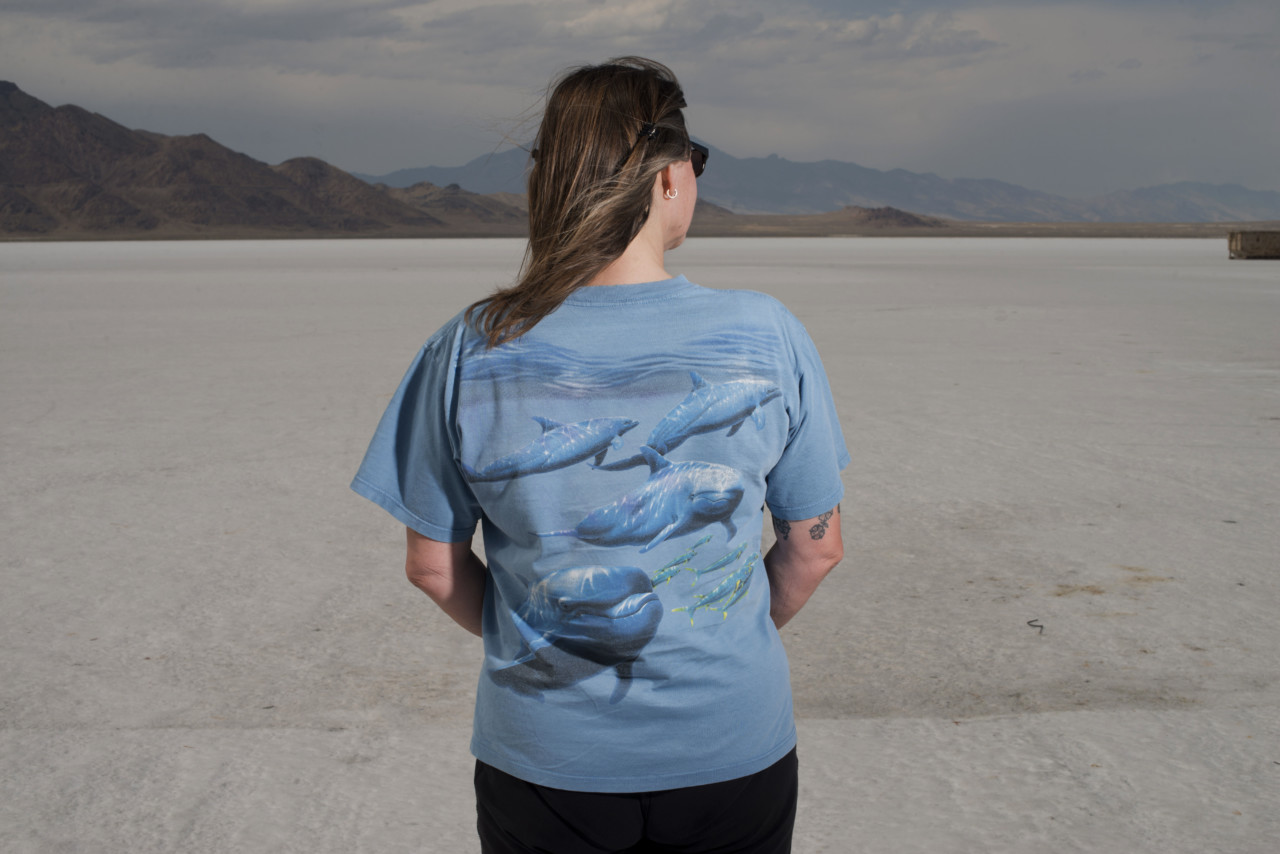The State of the Great Salt Lake
To mark World Water Day we look at Carolyn Drake’s documentation of Utah’s famed lake, and its precarious state
For the March 2018 edition of National Geographic Magazine, Carolyn Drake photographed Utah’s Great Salt Lake, which gives its name to its home state of Utah’s capital and is the largest saline lake on earth – currently covering around 1,700 square miles. This is one of many lakes on earth facing recession and depletion, if not extinction, as a result of climate change and human interference. The magazine’s coverage was in part informed by an unprecedented 2015 global study of lakes titled ‘Rapid and highly variable warming of lake surface waters around the globe’.
While there is growing awareness of the ill-health of the world’s oceans, and the precarious state of their ecosystems, the planet’s lakes are often given less coverage.
Dr Catherine O’Reilly, a geologist at Illinois State University and a co-author of that 2015 report, suggested one potential visual reason for this disparity in concern: “People do tend toward thinking of lakes as inert. Rivers are moving, oceans of course have waves and tides, and they both seem highly dynamic. Lakes don’t seem dynamic. But I think these days we are able to show – through high frequency sensors we can deploy and so on – that things are changing in lakes all the time, it’s just that as people on land, in the landscape, we don’t see those changes.”
"Water levels in the Great Salt Lake are the lowest they have been since data was first collected, in 1858"
- Dr Catherine O'Reilly
One notable aspect of Drake’s work on the lake is the presence of people both at play and at work. This prevalent inclusion of people is often absent from environmentally-focused reportage. O’Reilly noted, “I think what’s nice about the approach is that it showed how much people are part of the lake. The lake’s not just out there, but there are all these different aspects of society constantly interacting with it.”
"The lake’s not just out there, but there are all these different aspects of society constantly interacting with it"
- Dr Catherine O'Reilly
The Great Salt Lake is what’s known as a terminal lake – it is not connected to the sea. And, like most terminal lakes this isolation leaves it in heightened jeopardy in the face of climate change and human manipulation. “I would certainly describe terminal lakes as more vulnerable to these sorts of influences.” Confirms O’Reilly, “They are more sensitive to changes in water input – so changes in precipitation for example. And I think that actually, people have used that level of sensitivity sometimes as an excuse not to look at human factors. The problem for a lot of these big salt water lakes now is the human interference or withdrawal of water, not necessarily primarily these larger climatic factors. We need to address the role of human action.”
"The problem for a lot of these big salt water lakes now is the human interference or withdrawal of water, not necessarily primarily these larger climatic factors"
- Dr Catherine O'Reilly
The Great Salt Lake’s northern arm is separated from the larger southern body by the Lucin Cutoff railroad causeway, which is largely solid. The construction of the causeway resulted in water levels to its north being on average 0.5-2 feet lower than those in the south, as it is fed by less fresh water sources. As well as differentiation in water level, this has also led to the north arm’s hypersalinity, which has increased over time as it’s volume is reduced and is currently thought to be at approximately 26-28% salt concentration. Only a few bacteria can survive in this water, halophiles called Halobacterium and Halococcus. These give the body an unusal purplish red tint, so evident in Drake’s photos of swimmers reclining on the dense waters.
The Great Salt Lake’s current situation is unsettling. “Water levels in the Great Salt Lake are the lowest they have been since data was first collected, in 1858.” O’Reilly notes. When asked about the potential impacts further reduction in size might have, she stresses that the impacts span the worlds of ecology and economy: “Great Salt Lake provides over a billion dollars in terms of industry, agriculture and recreation. As it dries out the amount of habitat for fish in the lake is reduced, the chemistry of the lake changes – more fish are likely to die from lack of oxygen. Birds which use the lake as a stop-over on migrations have less area to land in – this impacts those migrations.”
While such unwelcome results might be expected from the shrinking of anylarge body of water, salt lakes – especially those as hypersaline as Great Salt Lake – present their own disturbing problems explains O’Reilly. “What’s specific to salt water lakes is that as they dry up, because they tend to be in arid regions, they create a lot of dust. Wind lifts dust from these exposed salt beds and there are public health implications from this dust, and it can also effect nearby agriculture or industry as the salt dust deposition in the area around the lake would affect soil quality.”



